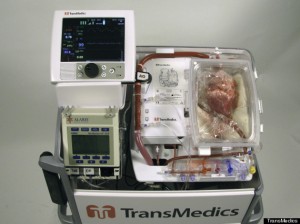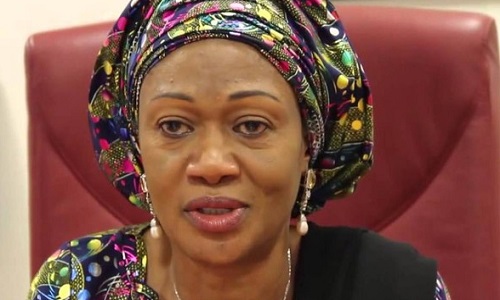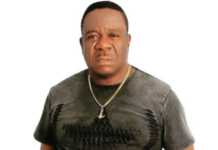In what’s being hailed as a major medical breakthrough, surgeons in Australia have successfully performed the first-ever “dead heart” transplants–replacing patients’ failing hearts with donor hearts that had stopped beating for an extended period of time before transplantation.
The donor hearts used in three separate procedures at St. Vincent’s Hospital in Sydney weren’t actually dead. But they had stopped beating for about 20 minutes before being resuscitated and transplanted into the patients, The Sydney Morning Herald reported.
Doctors predict that 30 percent more human lives will be saved using this new technique, because it boosts the number of hearts considered suitable for donation.
One of the surgeons, Dr. Kumud Dhital, said in a press conference on Friday that he “kicked the air” in excitement when the first surgery proved successful.
Heart surgeons traditionally have transplanted only donor hearts from people who are clinically brain-deadbut whose hearts are still beating. Otherwise, it was hard to tell whether hearts that had stopped beating for an extended period were healthy enough for transplantation, the Herald reported.
But the doctors were able to preserve and resuscitate the organs used in the three procedures with the help of a so-called “heart in a box” machine.
The portable device, developed by Andover, Massachusetts-based TransMedics, revives a no-longer-beating heart while warming it and perfusing it with oxygenated, nutrient-rich blood. During this process, the organ is injected with a preservation solution that helps keep heart cells from dying to ensure that the organ survives surgery.
“Both the preservation solution and the console that allows the heart to be kept warm and beating and have blood going through it and getting oxygen,” Dr. Bob Graham,executive director at the Victor Chang Cardiac Research Institute, which developed the preservation solution, told ABC News in Australia. “Both of them are extremely important and I think if either had come alone, we would have a slight improvement but we wouldn’t have been able to do what we’ve done.”
And the patients certainly seemed pleased.
“I didn’t know how big [of a deal] it was,” Jan Damen, the second patient to undergo the procedure (pictured above with his wife), told the Herald. “Having a heart is goodbut all the rest of it is, wow, who would have thought.”





